Our family of five has a fleet of sea kayaks in Maine that we transport a few hundred yards down the road and through a lupine field to reach the harbor. In the beginning, we carried them by hand. Then a kayaker friend loaned us a couple of stern-mounted carts with small wheels. They were an improvement over carrying the boats and were okay going down the road, but in the meadow the wheels tripped and dragged, and could pull themselves off. Even on pavement, we still had to lift the bulk of the weight of each kayak at the bow.It also bothered me that those carts could only carry one kayak at a time. Since we often paddled with four or five of us, I longed to be able to transport several at a time so we could spend our time paddling, not walking back and forth transporting boats. When not carrying boats, the cart looks and functions like any other simple yard cart, appreciated by all the family.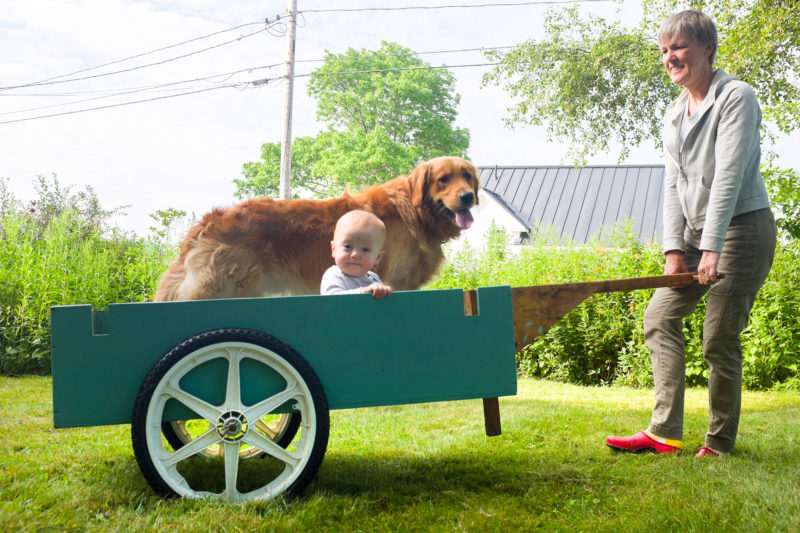 Photographs by Jim and Elizabeth Root
Photographs by Jim and Elizabeth Root
Join The Conversation
We welcome your comments about this article. If you’d like to include a photo or a video with your comment, please email the file or link.






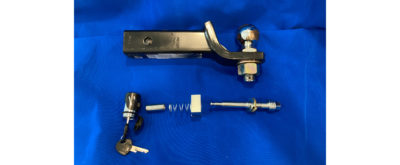
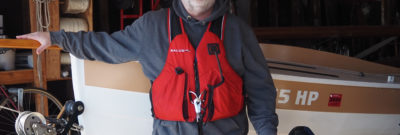



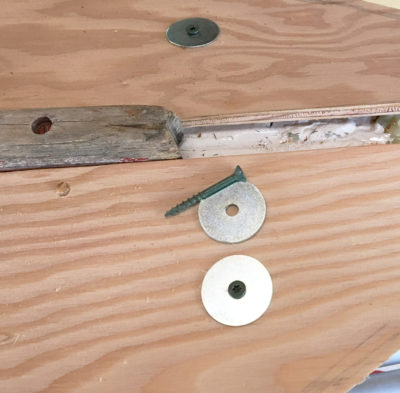
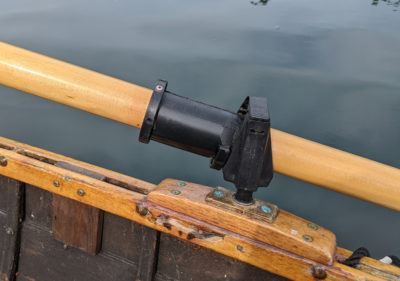
Simplicity at its best and capable of hauling multiple boats.
After reading the article I started to build my own boat cart. I could easily use all measurements and instructions for building. I could use wheels from testing my ice optimist on wheels and now I am owner of this wonderful cart. Thanks Jim Root for the inspiration. In the picture you see the petrel play sea kayak (Nick Schade design) I’ve built and my brand new Greenland paddle after first testing. The handle of the cart is removed since I don’t need it for kayak transport.
Best regards,
Sebastian Schröder
Looks great, Sebastian! Sorry to just be seeing your photos. I’m really glad the design worked for you. Feel free to keep modifying to suit your needs.